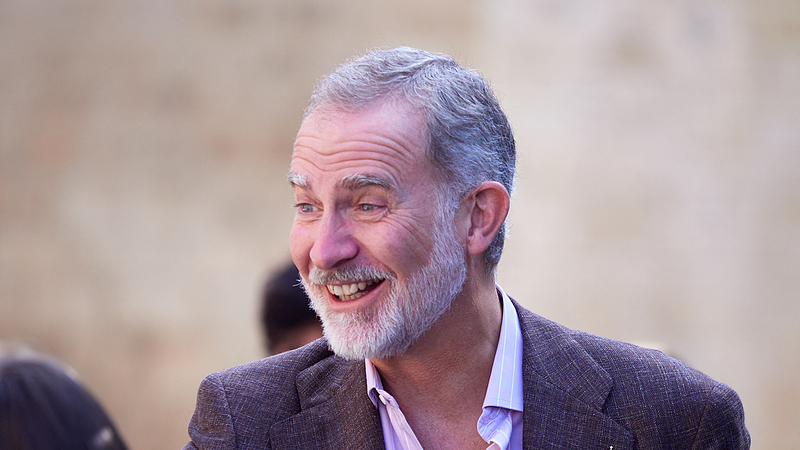When Karina Yao first encountered Spanish poet Federico Garcia Lorca’s writings about flamenco in 2012, she felt a spark that would alter her life’s trajectory. A language student in Taiyuan, Shanxi province, Karina was captivated by Lorca’s description of flamenco as a force that transforms “tightly closed flowers into a thousand petals.” Months later, she boarded a flight to Spain to witness the art form firsthand.
At a studio in Seville, Karina’s first flamenco class left her mesmerized. “It felt raw and alive—so different from the reserved expressions I grew up with in China,” she recalls. For Karina, raised in a traditional Chinese family, the dance became a gateway to self-discovery: “Flamenco lets me express joy, sorrow, and everything in between. It unlocked parts of me I didn’t know existed.”
Her journey was written in her name. The Chinese character for her family name, Yao (姚), resembles the character for ‘dance’ (跳). By 2014, she relocated to Madrid, immersing herself in flamenco’s rhythms and gestures. “It’s more than choreography—it’s a language of emotion shaped by Spanish culture,” she explains. Years of piano training honed her musicality, and she soon toured globally with multicultural ensemble ‘Flamenco Sin Fronteras.’
Today, Karina teaches at Madrid’s La Corrala studio, guiding fellow Chinese women through flamenco’s challenges. “Many arrive hesitant to embrace the physicality,” she says. “But once they do, it’s powerful. We’re rewriting what it means to be bold.” Her story reflects flamenco’s universal appeal—a fusion of art and identity bridging continents.
Reference(s):
cgtn.com







